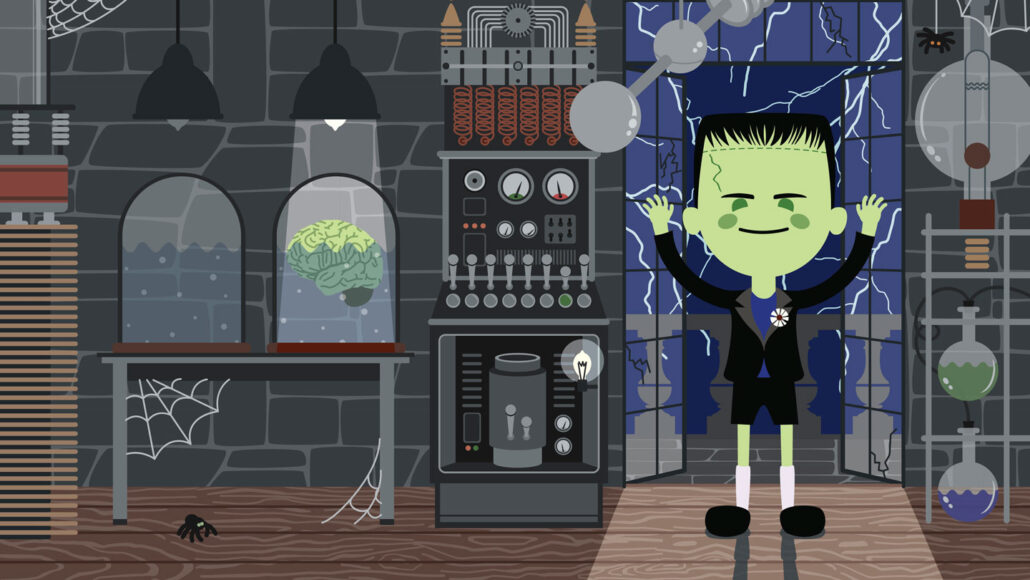Let’s learn about modern Frankensteins
Scientists are creating strange new combinations of living tissue and dead tissue

No one has figured out how to build a man from dead body parts like Frankenstein’s monster. But researchers are creating strange new combinations of tissue — living and dead.
tcrawford78/Getty Images
In the classic sci-fi novel Frankenstein, a mad scientist builds a walking, talking monster man out of bits of dead bodies and sparks it to life. No scientists are attempting to do such a thing today. But plenty of researchers are tampering with organic parts in other ways. And some of their work, at a glance, may appear just as mad.
Researchers, for instance, have hacked the electrical signals between cells to change how animals grow tissue. They’ve coaxed tadpoles to grow eyes inside their guts and frogs to grow brain tissue elsewhere in their bodies. This research may lay the groundwork to someday regrow lost organs in people.
Other scientists are combining pieces of living tissue in strange and creative ways. Some innovators are building robots that are part creature, part machine. Such “biohybrid” robots could one day be used in medicine or to clean up pollution. Meanwhile, 3-D printed meat made from an ink of lab-grown cells could offer an alternative to eating animals.
Still other research efforts are attempting to give dead things new life. Ancient DNA could help revive long-extinct species. And robots made from dead spiders are helping engineers rethink how to make mechanical grabbers.
It remains unclear how such projects will pan out. But one thing is certain: In many ways, modern science is becoming even more fantastical than Frankenstein’s author Mary Shelley could ever have imagined.
Want to know more? We’ve got some stories to get you started:
Engineers put a dead spider to work — as a robot Scientists literally reanimated the dead. It’s a new research field called “necrobotics.” (8/16/2022) Readability: 6.4
No animal died to make this steak The ribeye steak is the first of its kind, and the latest in a growing list of meats printed with a 3-D bioprinter instead of being harvested from an animal. (5/21/2021) Readability: 6.6
Could Wednesday Addams really jolt a frog back to life? A spark that recalls some science history brings a dead frog to life in The Addams Family. Scientists are now using electricity to build the body. (10/11/2019) Readability: 8.1
Explore more
Explainer: Cells and their parts
Will the woolly mammoth return?
Robots made of cells blur the line between creature and machine
Activity
Frankenstein isn’t just a story about making a monster. The book questions the ethics of that innovation: Just because Dr. Frankenstein could have made his monster, does that mean he should have? What are the consequences of his actions? The Frankenstein2020 Project offers a hands-on exploration of such questions. Create a battery from two kinds of metals and your own body, or build a toy bot that can draw — and reflect on the impacts similar innovations could have in the real world.







